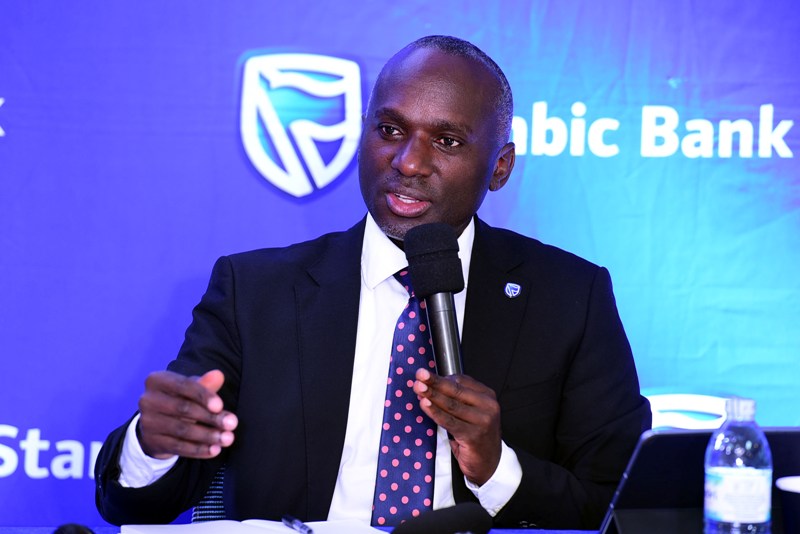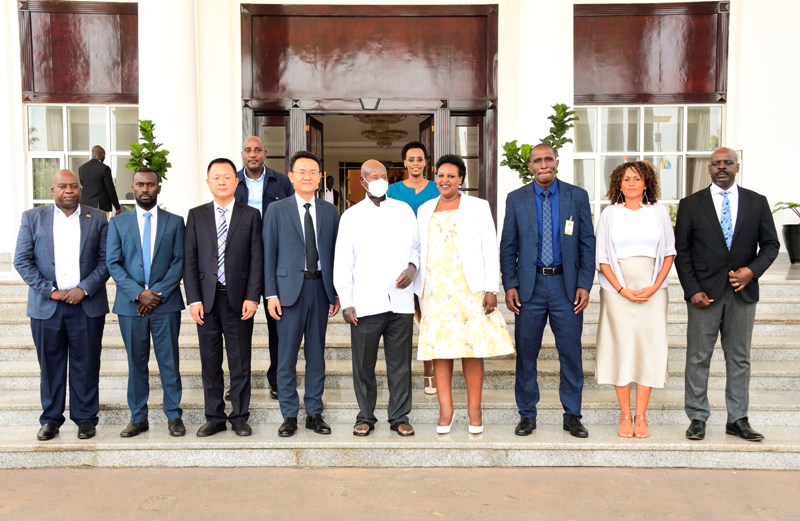Creatives industry targeted to catalyze Uganda’s economic growth
Prime Minister Robinah Nabbanja, who officiated at the closing of the forum, emphasized that Uganda’s untapped artistic potential could be a game-changer.

Uganda’s creative sector took center stage as policymakers, industry stakeholders, and development partners convened at the 14th National Development Policy Forum (NDPF) to deliberate on how creative industries can become catalysts for economic growth and youth employment.
Held at the Serena Hotel under the theme “Creative Industries as Catalysts for Economic Growth: Harnessing Opportunities and Supporting Uganda’s Creative Talent,” the forum marked a turning point in the government’s approach to culture and creativity—not as entertainment, but as an economic powerhouse.
Prime Minister Robinah Nabbanja, who officiated at the closing of the forum, emphasized that Uganda’s untapped artistic potential could be a game-changer.
“Our artists and cultural entrepreneurs have continued to shine both regionally and globally, yet the economic potential of Uganda’s creative industries remains largely unexploited. This must end,” she declared.
With over 77% of Uganda’s population under 30, the Prime Minister underscored the sector’s potential to absorb the country’s youthful labor force. She announced plans for increased government engagement, aligning flagship programs like the Parish Development Model and EMYOOGA with creative value chains such as digital content creation.
Opening the forum, State Minister for Finance, Planning, and Economic Development, Hon. Amos Lugoloobi, revealed that the creative sector would play a central role in Uganda’s new 15-Year Tenfold Economic Growth Strategy.
“The Government plans to invest in the creative industries and provide the backing that artists and creative entrepreneurs need to prosper,” he said.
The Minister acknowledged persistent challenges, notably weak copyright laws and a lack of infrastructure. He affirmed that, “amending the Copyright and Neighboring Rights Act (2006) was a government priority, allowing creatives to monetize their work and access funding.”
He also announced plans to redevelop the National Theatre and build regional creative hubs through public-private partnerships.
Chairperson of the National Planning Authority (NPA), Prof. Pamela Mbabazi, presented findings from a new diagnostic study on Uganda’s culture and creative industries. The report provides policy guidance and highlights the industry’s potential to generate employment and revenue while preserving cultural heritage.
“The country’s rich cultural and natural heritage can generate significant domestic revenue, especially from travelers seeking unique experiences,” said Prof. Mbabazi. She also stressed the need to properly quantify the sector’s contributions through data tracking by institutions like UBOS and Bank of Uganda.
The event, supported by the German Corporation for International Cooperation (GIZ), attracted stakeholders from government ministries, the private sector, civil society, and creative professionals—from musicians and filmmakers to fashion designers and visual artists.
As the curtains closed on the forum, a clear message echoed across the Victoria Hall: Uganda is ready to turn creativity into currency. And with the right support systems, its creative economy could soon become a pillar of national development.







